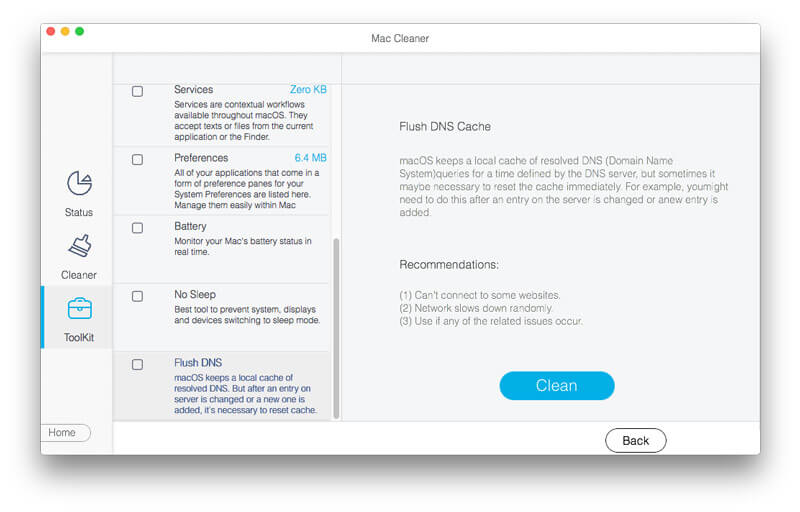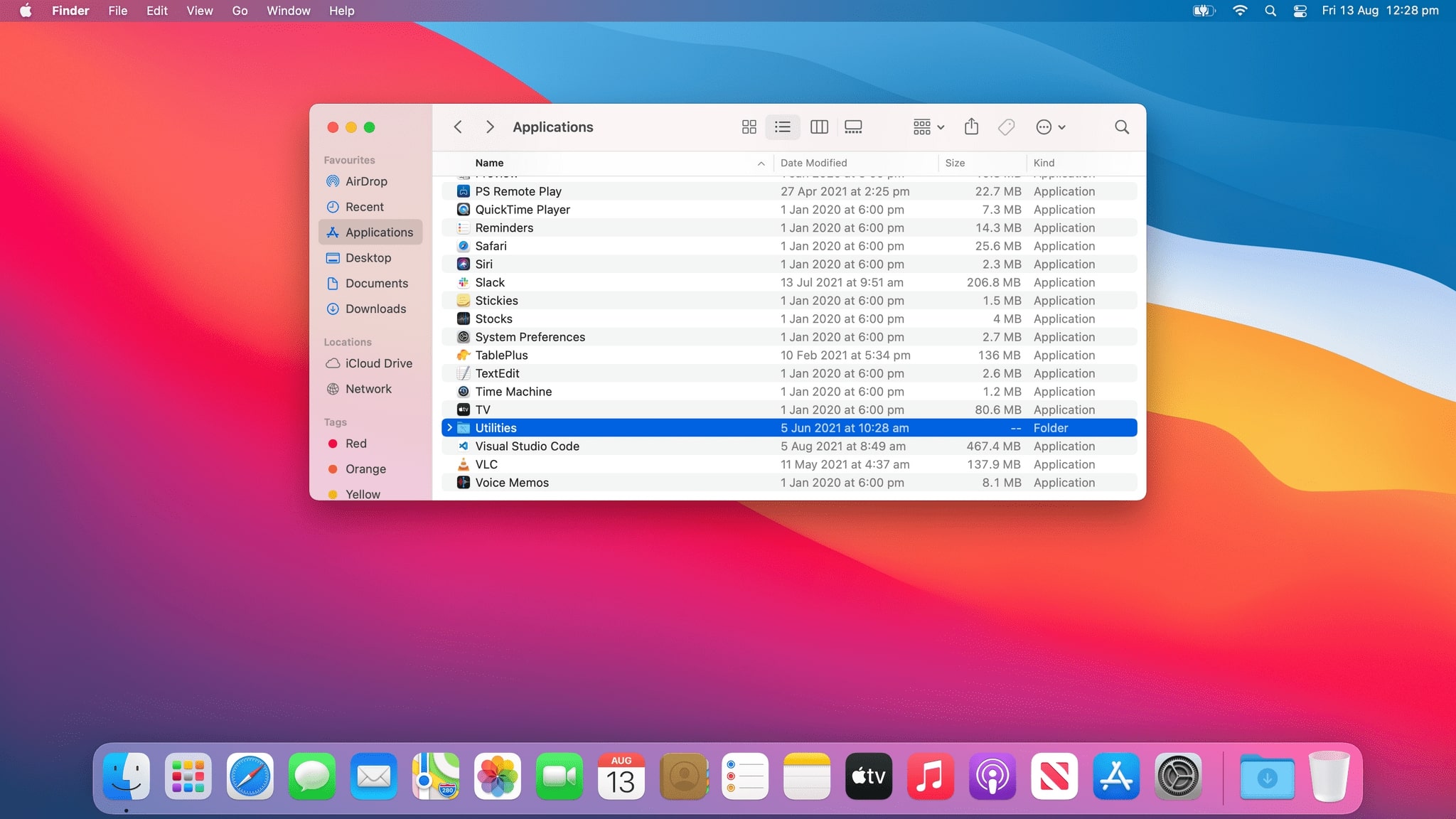

When you type “exit” in the macOS Terminal Application Window you will see something like the message below and you are ready with Cleaning your DNS Cache for your macOS Catalina iOS. Once when you clear your macOS DNS Cache with the Terminal Application and run the command from step 2 just type “exit” in the Terminal Window to save the session and logout from your macOS Terminal Window Application. Step 3 to Clear DNS Cache in macOS Catalina – Close your Terminal Application Window
#Macos flush dns how to
How to Clear your macOS DNS Cache with Terminal Application Video? That’s it your DNS Cache is Flushed and you are ready to exit the Terminal application window. Step 2 to Clear DNS Cache in macOS Catalina – Add the command from below to clear the DNS CacheĪdd the following command in the opened Terminal Application and hit Return How to Open the Terminal App in your macOS Laptop Video? Turn off the Wifi on your device and turn it back on. You will see the macOS Terminal Application like in the short video below.

Open a terminal window, and enter this command: sudo systemctl is-active systemd-resolved. Open the Search bar icon in the top right general menu and type Terminal. Before clearing the DNS cache on Linux, you need to ensure that systemd-resolved is active. You can launch the terminal app via the top menu using the search icon.
#Macos flush dns mac
Earlier versions of MacOS often have completely different methods of resetting DNS cache as described here, though since some of the earlier releases are still in deployment it can be valuable to know those methods as well.Launch the Terminal application on your Mac laptop. Remember, this tip is intended for modern versions of macOS including Sierra 10.12 and later. Using the ‘dig’ command in terminal, you would be able to see whether the DNS cache flushing has turned out to be successful or not.
#Macos flush dns mac os x
Sudo killall -HUP mDNSResponder sudo killall mDNSResponderHelper sudo dscacheutil -flushcache say MacOS DNS cache has been clearedĪs before, hitting return will execute the command syntax and reset the DNS caches in MacOS 10.12.4 and newer releases. Flush DNS Cache on Mac OS X Snow Leopard (10.6 through 10.6.8): The command for the selected versions of Mac OS X is: sudo dscacheutil flushcache. Rarely the above command may not work, but an alternative command is available for macOS Sierra 10.12.3 and later that adds an additional focus on a helper process as well, that syntax is: Though it’s not always necessary, you may need to quit and relaunch any active applications which are using DNS or networking, including Safari, Chrome, Firefox, Opera, sFTP, SSH, and other similar tasks dependent on domain name correspondence. This can be particularly important if you have recently made changes to DNS servers in Mac OS and are finding the changes have not taken effect, but is also frequently used by web developers, programmers, and designers who are working with domain names or after editing the hosts file. You will get a verbal audio alert the DNS cache has been flushed when complete.
#Macos flush dns password

Sudo killall -HUP mDNSResponder say DNS cache has been flushed MacOS 10.5 and 10.6: sudo dscacheutil -flushcache Steps to flush DNS cache on Linux: The DNS cache flushing process in Linux is a bit different than in Windows and Mac.


 0 kommentar(er)
0 kommentar(er)
